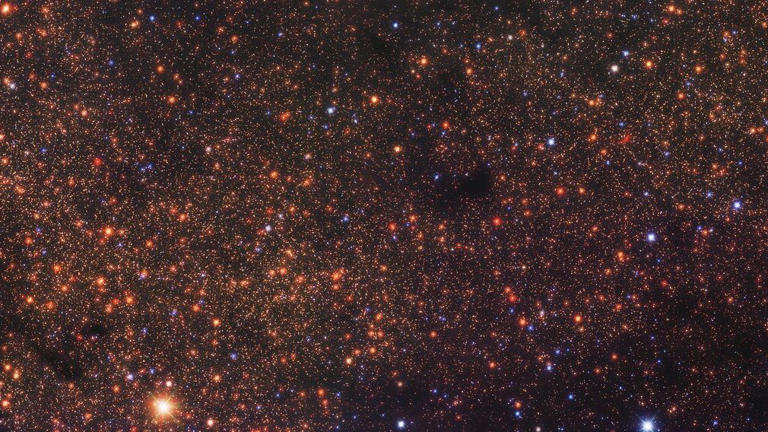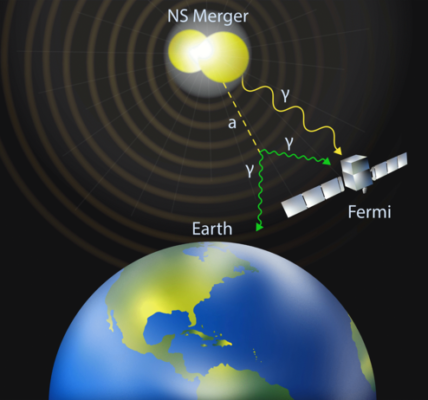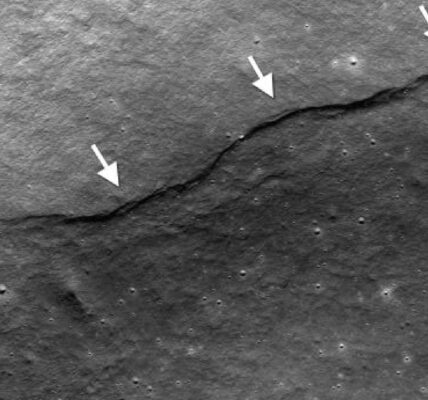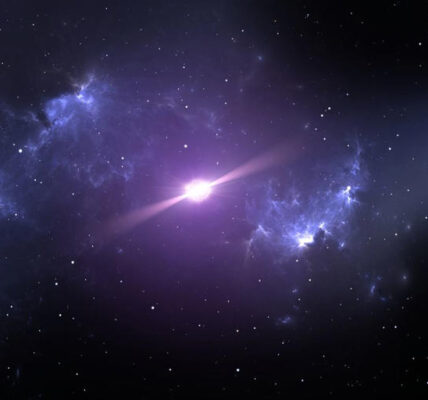Ancient Stars in the Early Universe: Scientists Baffled by Dazzling Discoveries
Scientists just found something mind-blowing in the cosmos: ancient stars shining from a time when the universe was a mere toddler, barely 5% of its current age. These early universe objects shouldn’t exist according to our current understanding. Packed with both these incredibly old stars and supermassive black holes, they challenge everything we thought we knew about galaxy and black hole formation.

© Pablo Rodriguez / SDNPA
Unraveling the Mysteries of the Early Universe
Imagine peering into the distant past, billions of years back. That’s what astronomers are constantly trying to do with powerful telescopes. This time, they trained their sights on a particularly intriguing period – just 600-800 million years after the Big Bang.
Instead of a dim and nascent universe, they spotted three incredibly bright objects. These weren’t faint wisps of starlight, but rather strangely luminous red giants. Further analysis revealed even more astonishing details. The light from these objects hinted at the presence of not just unbelievably old stars, but also supermassive black holes – objects millions, even billions of times the mass of our sun!
Stars Too Old, Black Holes Too Big: A Challenge to Cosmic Theories
Here’s the mind-boggling part: current theories say such objects shouldn’t exist at this point in cosmic history. Stars take time to form, with heavier elements needed for their creation. The universe back then was mostly pristine hydrogen and helium, lacking the heavier elements necessary for stellar nurseries to churn out stars.
Similarly, supermassive black holes are thought to grow over vast stretches of time, devouring stars and matter within galaxies. Finding such giants in these early universe objects throws a giant wrench into those theories.
“Exotic, Insanely Rapid Formation”: Unveiling the Secrets
Scientists are understandably confused. “It’s very confusing,” says astronomer Joel Leja, co-author on the research papers.
The prevailing theory suggests these objects might be some kind of super-fast galaxy formation process we haven’t even imagined yet. Perhaps these galaxies formed stars and black holes much quicker than previously thought possible in the early universe.
New Light on the Dark Ages: Unveiling the Secrets with More Data
The next step for scientists is to gather more data on these enigmatic objects. They’re looking to understand the specific details of the light they emit. By dissecting the light spectrum, they can determine which parts come from the ancient stars and which might be signatures of the supermassive black holes gobbling up surrounding matter.
This additional data might shed light on the formation process within these objects. Are they truly galaxies in the making, or something entirely new and unexpected?
A Rewrite of Cosmic History?
This discovery has the potential to be a game-changer in our understanding of the universe’s early days. Nicknamed RUBIES (Really Ubiquitous Boyishly Bright Young Early Sources), these objects could rewrite the story of how galaxies and black holes formed in the vast cosmic ocean.
The hunt is now on to find more of these objects and unravel the secrets they hold. The early universe might be far stranger and more fascinating than we ever imagined.
ALSO READ:
“Diamond Exoplanet: 5 Astonishing Discoveries That Will Blow Your Mind!”



